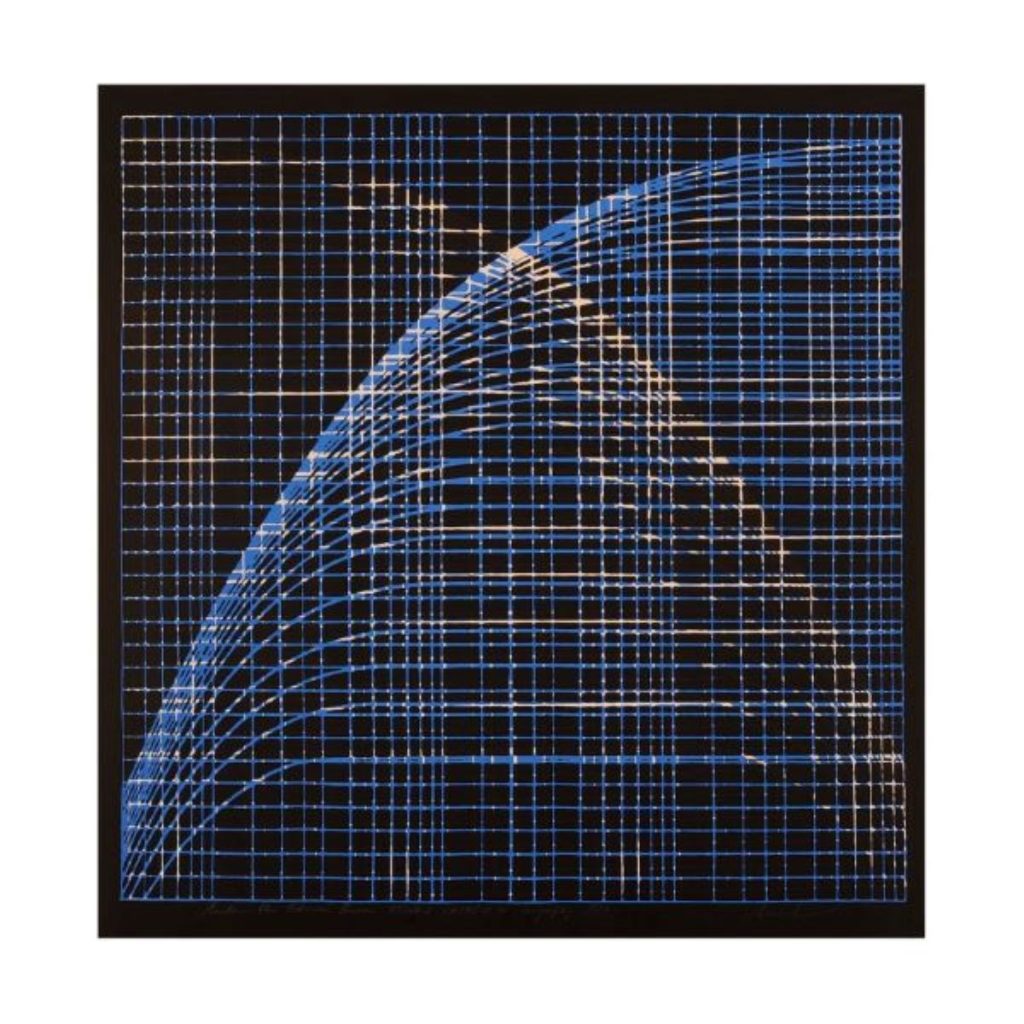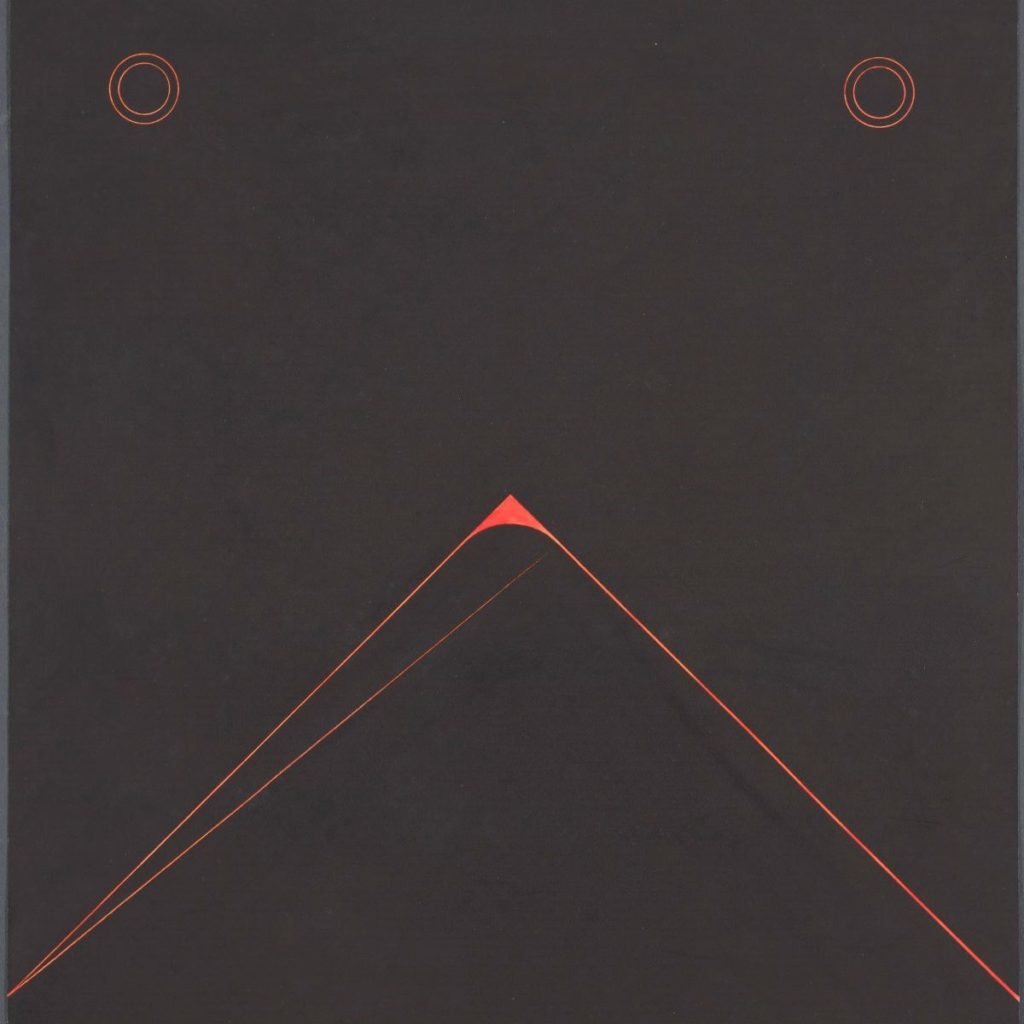Concrete poetry / Evident poetry
“It happened in November 1967 while I was in the Soviet Army in Severomorsk and guarding the weapons storage… I was looking at the silent snowfall behind the barred window. I was bored and I missed home. I was thinking about writing, about creating something, but words did not come out of the typewriter. Finally I started to follow one impulse, I used the “o” and “-” to create jumping signs on the paper… like jumping peas on an imaginary drum… At the same time I could notice the different durations and intensities of the sounds that belong to the verbal thinking – to the language that we use for speaking, but which were almost visually living at the same time.”
Raul Meel answers to Jeremy Canwell
“I went my own way along the borderlands of literature and fine art, attempting a synthesis. In the area of general concrete poetry I called my poetry by the term – evident poetry. Evidens in Latin: obvious, visible with the naked eye. I began to call the more graphic direction typewritten drawings. Typewritten drawings have a more extensive field of meanings than typewriter drawings: the latter is one type of the first, because not all typewritten drawings are made on a typewriter.”
Raul Meel, “Conspectus of the Past”






